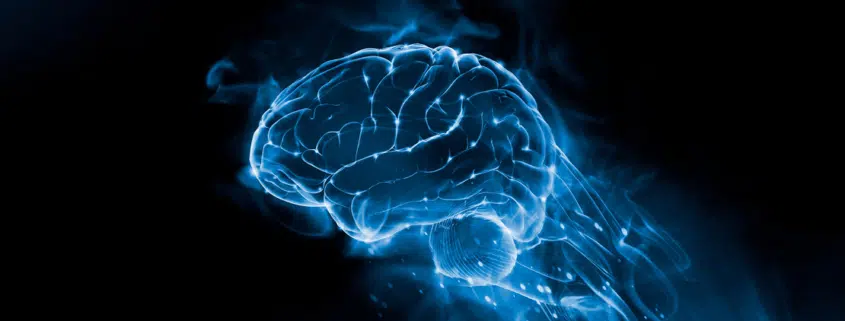The Impact of Imagery on Memory: 3 Ways to Become More Memorable to Become More Persuasive
As we continue to be inundated with information from every possible source, it can be challenging to ensure that your message is not only being noticed but remembered. Whether it’s a PowerPoint presentation or a digital ad, imagery plays an important part in helping our brains not only understand the message but retain it for future reference. Visuals are processed 60,000 times faster than text. With the lightning-speed ability for the brain to process visual information, the impact of imagery on memory should not be undervalued. .
Recently, I attended a webinar on the neuroscience of digital content which focused on the brain’s ability to understand and retain information. This webinar shared the results of several studies that focused on the impact of imagery on memory. The right imagery helps the brain understand what the content is about and also where to look to take in information. This helps the brain retain that information for later recall, like when they’re ready to decide on a new car or college for their children.
Here are a few takeaways to help you choose the right images to better share your message:
Choose functional or specific images


Abstract images cause the brain to work extra hard to interpret the context of your text. Whenever possible, choose images that:
- are rooted in reality
- have layers of depth
- express emotions
- are concrete and specific
Try to find images that meet more than one of the requirements for maximum impact. By selecting images that are easy to understand and tie directly to your content, you reduce the effort it takes for the brain to commit the information to memory. This makes it easier for your customers to remember you and recall the information they have learned.
Don’t be afraid of an unpredictable image

While you are looking for the perfect images for your PowerPoint presentation or social media ad, don’t be afraid of choosing an unpredictable image. While your imagery should still relate to your content, it’s ok to think outside of the box. The brain functions as a predictive machine. It learns when it experiences something outside of the norm. So introducing an unexpected image can trigger the brain to learn and commit your message to memory. However, too many unpredictable images can cause the brain to work too hard so choose carefully and limit these to when you really need to make an impact.
Text is a graphical element

From the font to the layout, the text of your digital content can make or break someone’s ability to retain your message. Is your font easy to read and understand? Is the layout distracting or help guide the eyes? Is the size too big, too small or change too much? Consider how your text looks when reviewing your overall digital content to ensure that it connects with your imagery and does not create distractions. Distractions cause disruptions in our ability to retrieve memories so ensure your overall layout from text to images is cohesive and easy to understand so you can increase your customer’s ability to remember your message.
By creating memorable content, you become more persuasive to your clients so choosing the right imagery for your content is imperative. We know that this can be a challenging and time-consuming process so if you’re looking for the perfect look, our graphic design team at Chartwell Agency can help.









